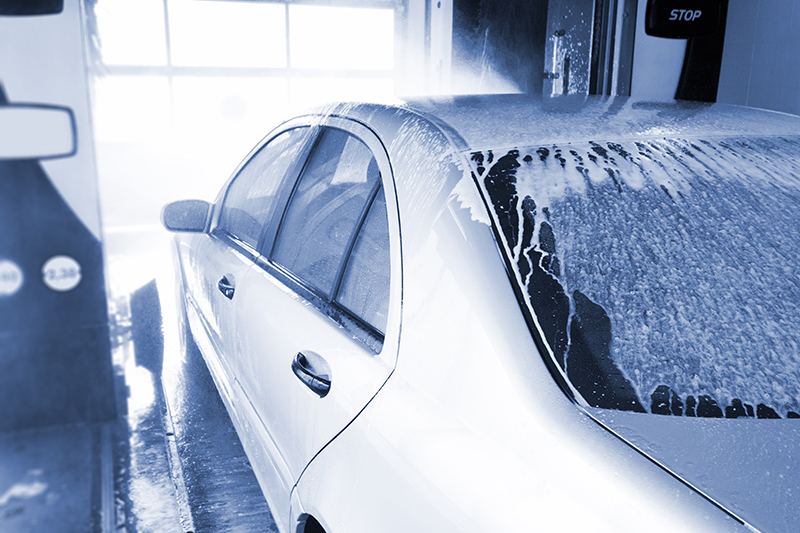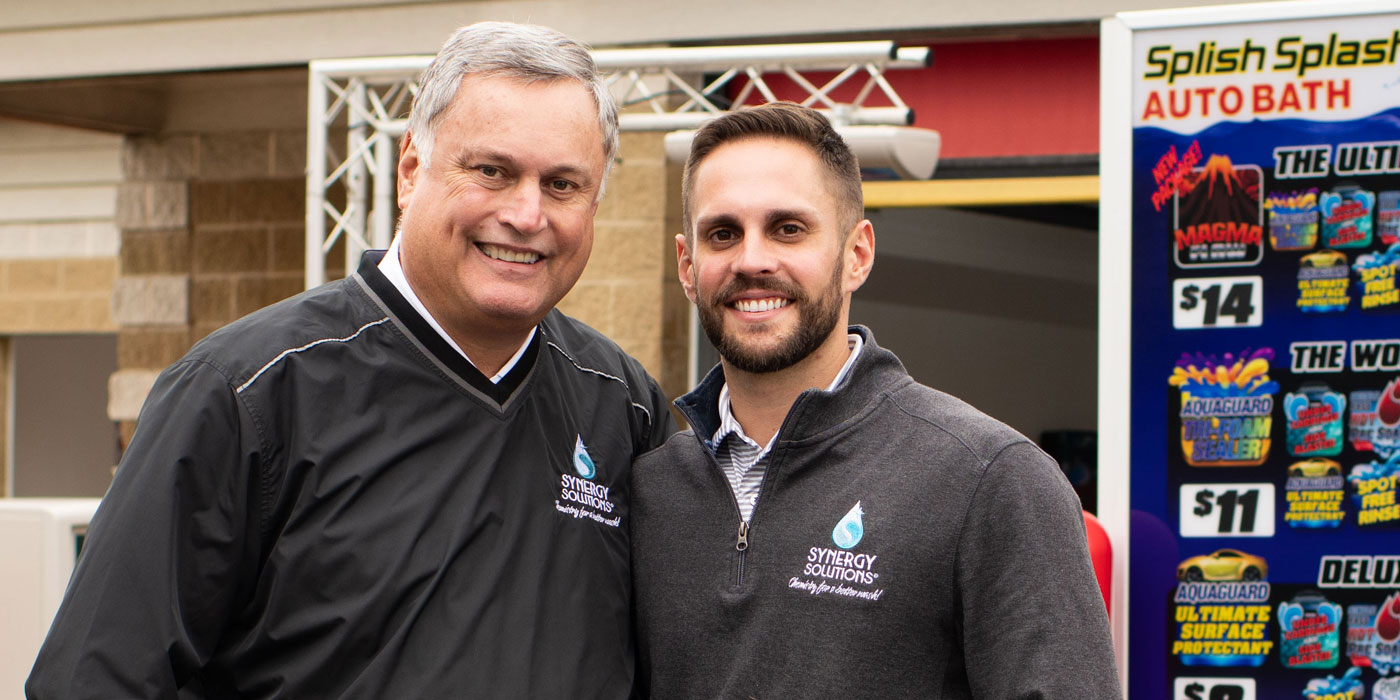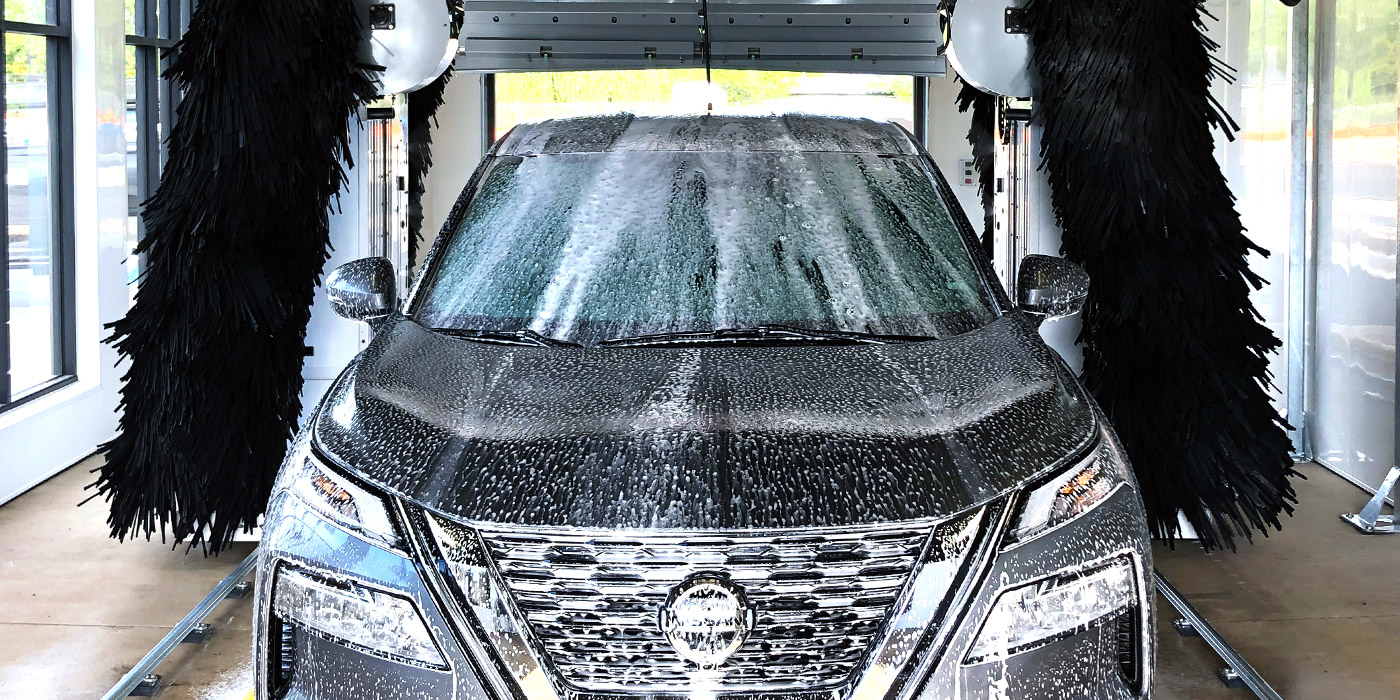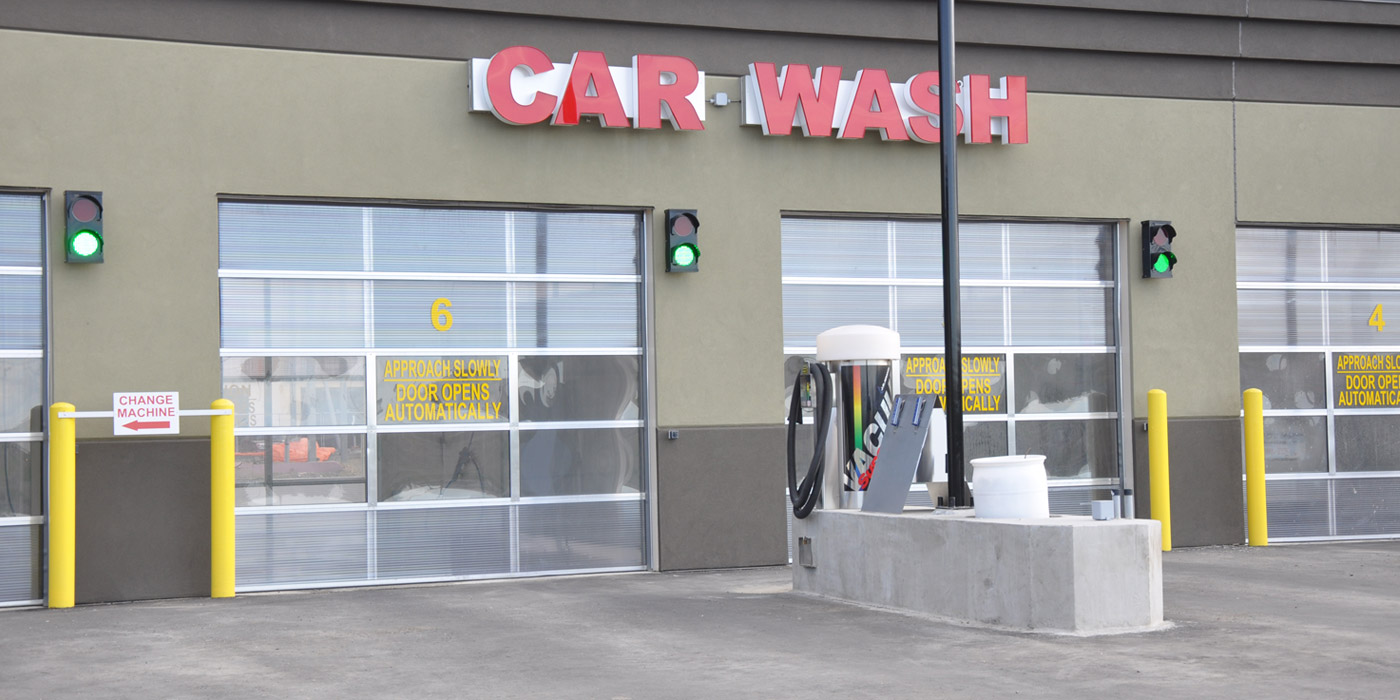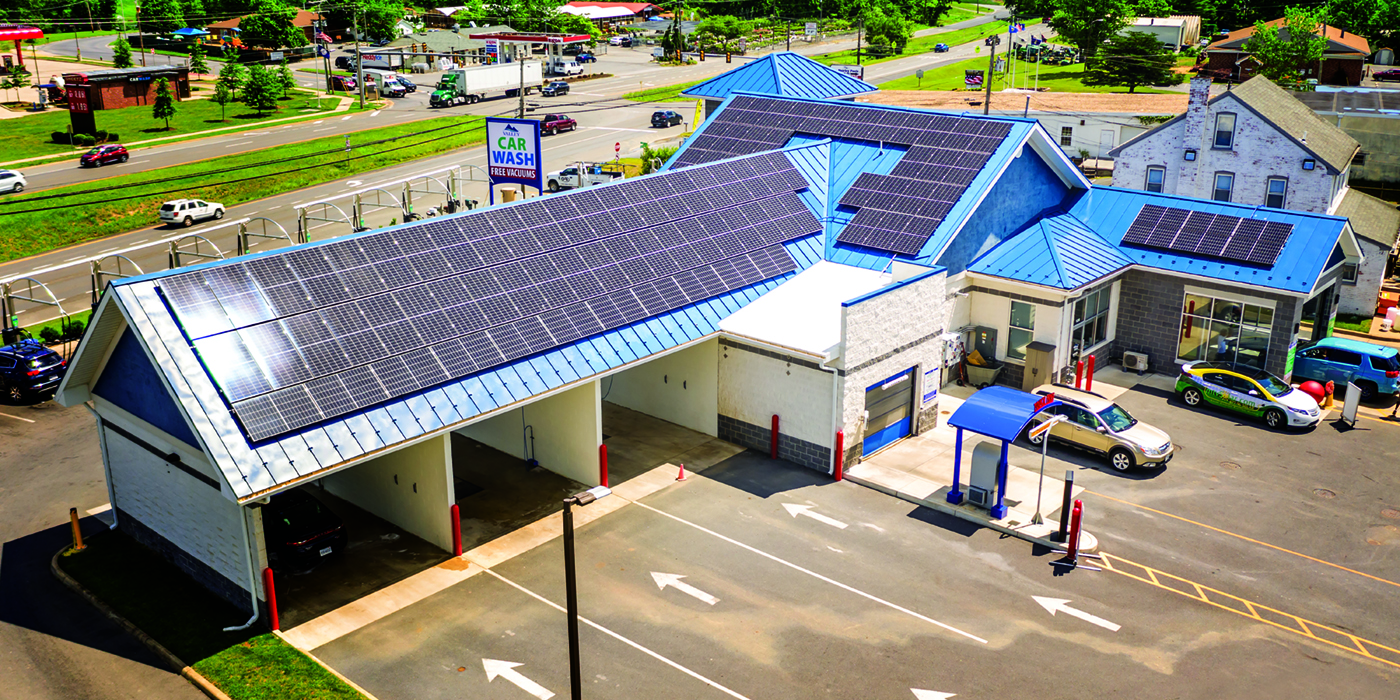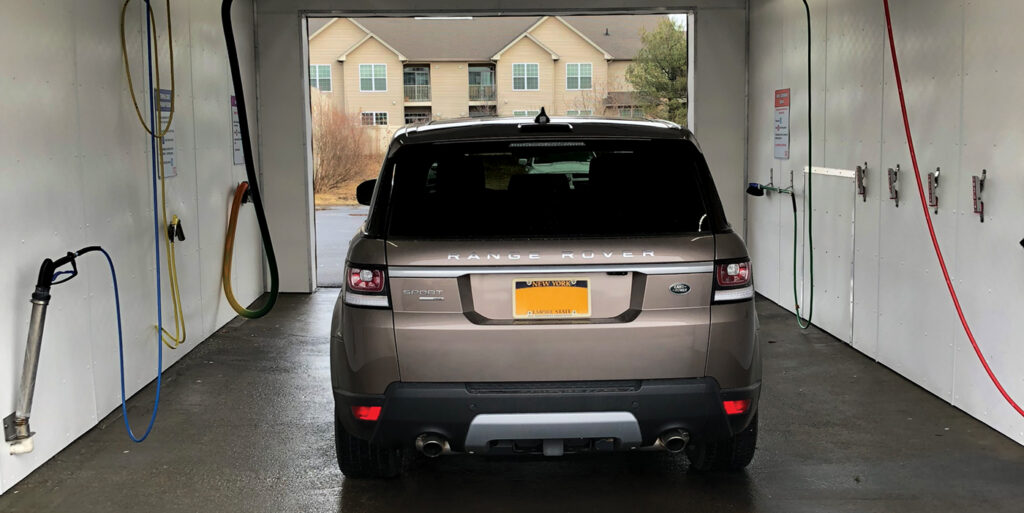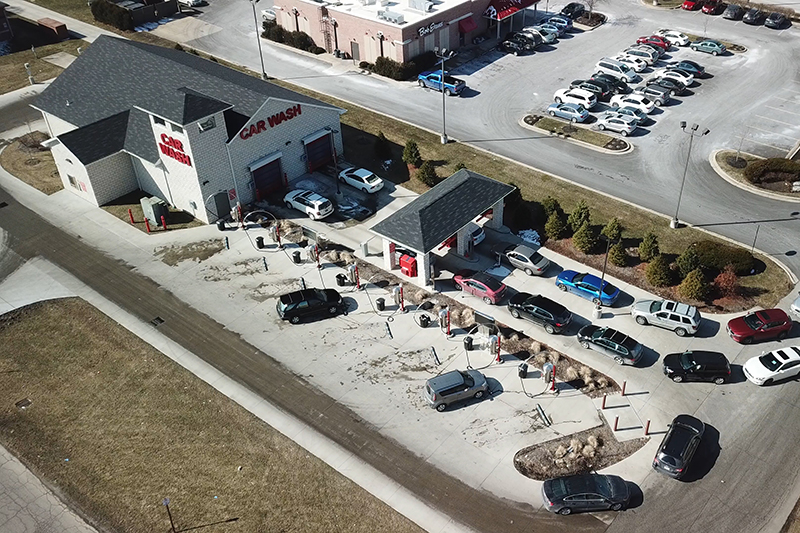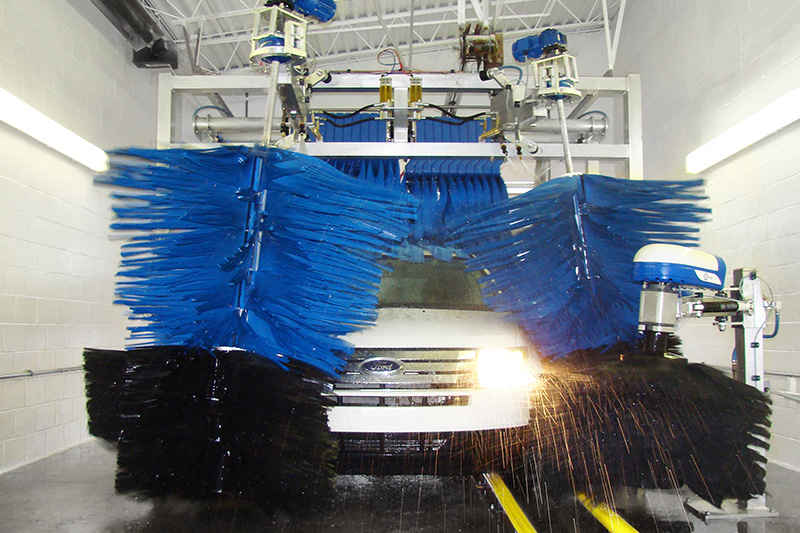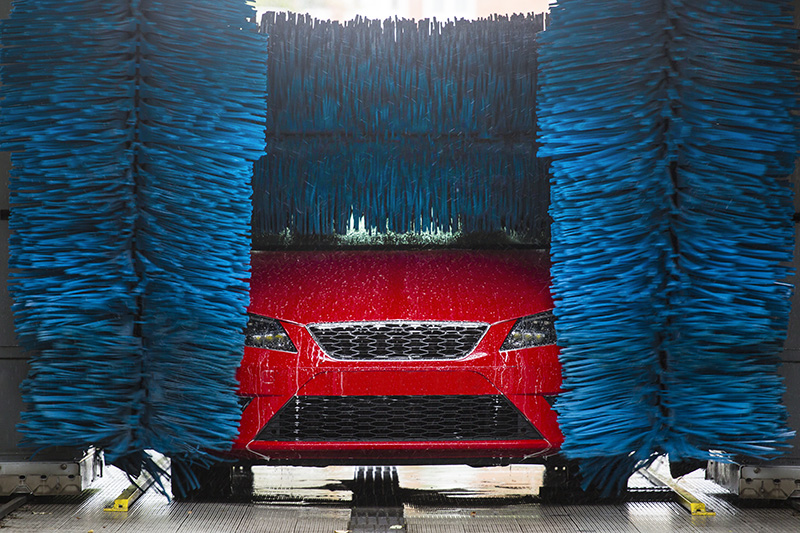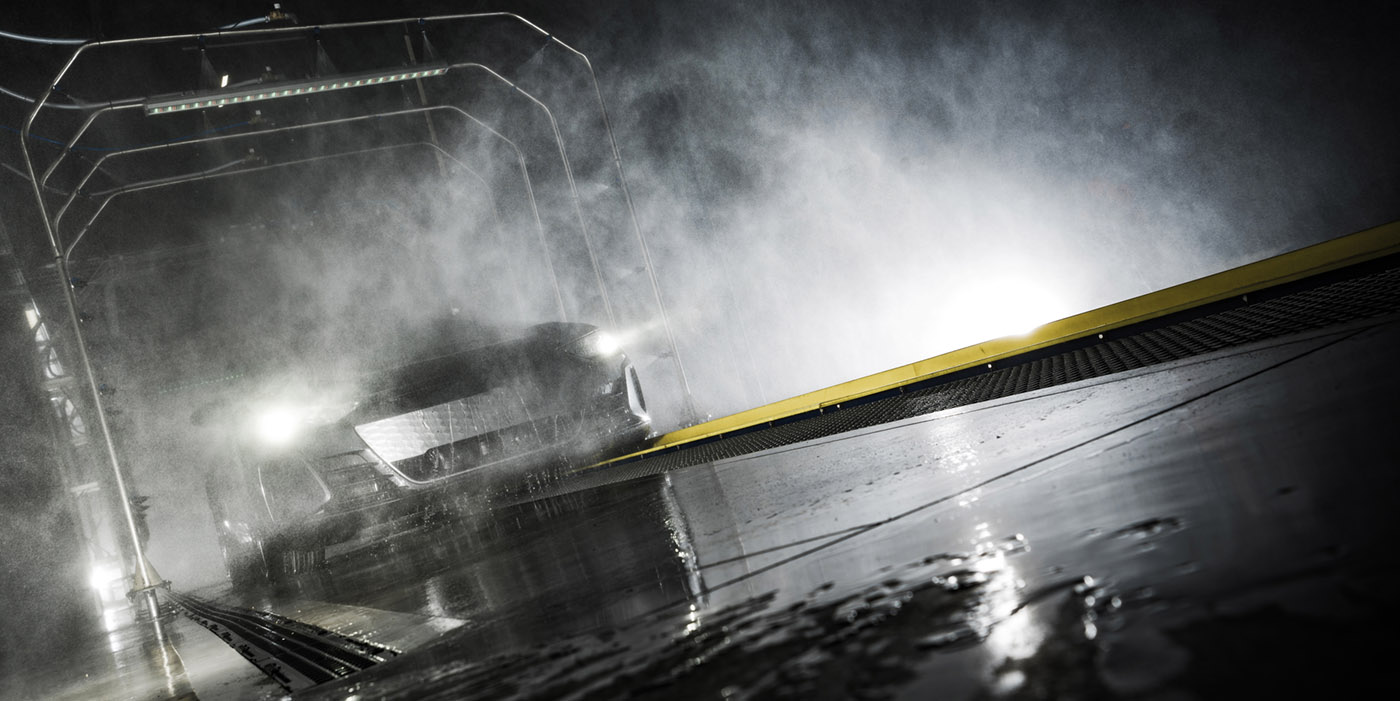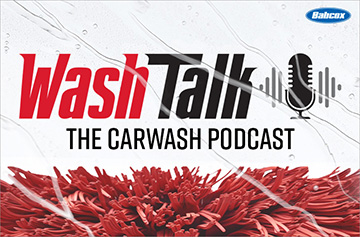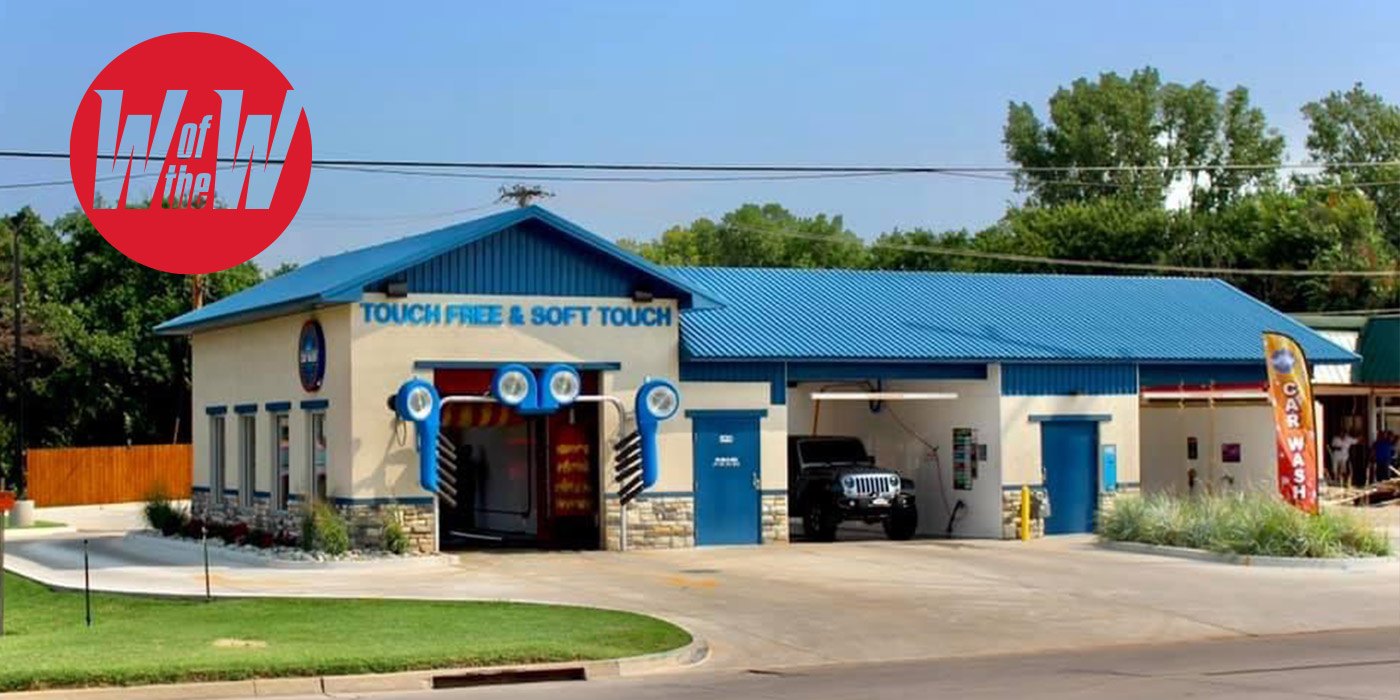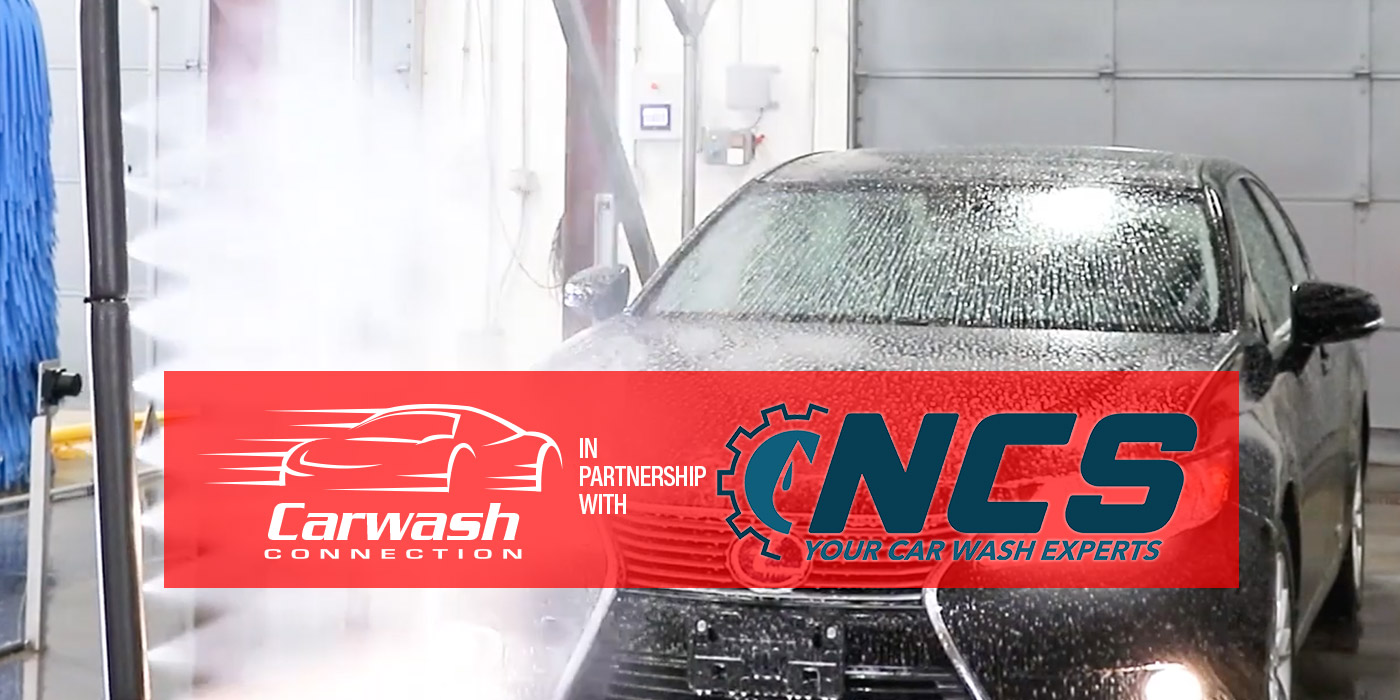The best in-bay automatic (IBA) and self-serve carwash operations are not ones that sit there and run themselves — they’re ones that have the owner’s indelible presence stamped on them, noticeable in their evident care. As discussed in past issues of Professional Carwashing & Detailing, the carwash market is exploding nowadays, and that means competition is on the rise. The question is, in light of these modern, new carwashes, how can you keep your IBA and/or self service carwash operating at highly profitable levels?
Just as in every aspect of life, technology is rapidly evolving, which means that using equipment from 10 or 20 years ago isn’t going to cut it in today’s environment. Not only should you be taking care of the appearance of your carwash site every day, but you should also be regularly investing in its equipment and service offerings.
Learning from express tunnel competition
According to Laura Edgmond, associate brand manager for National Carwash Solutions, “If you have new carwashes being built in your market, you need to be aware that some equipment updates and site marketing may be required to stay in the game.”
Regardless of the type of carwash your competition is, you can find ways to compete on a level playing field. For instance, today, more and more tunnel carwashes are being built. Express tunnels have several advantages on their side, two of the most critical being that they appeal to the modern customer’s “do it for me” mentality and that they can churn out several dozen cars per hour.
“Many self-serve operators are faced with challenges, such as the need to wash more cars as well as increasing their revenue per vehicle,” states David Dougherty, senior product manager for PDQ Manufacturing.
So, what’s a self-serve operator to do?
Ken Underhill, marketing communications manager for D&S Car Wash Equipment, notes that one way self-serves are competing with the popular tunnel type is by offering the same sort of customer experience.
“Self-serve operators are offering free vacs and adding high quality in-bay automatics to compete with express tunnels,” Underhill notes. “In-bay automatics offer the same speed and quality as express tunnels and are being marketed with new portals, point-of-sale (POS) cashiers, RFID readers and in-the-bay lighting packages that offer the same customer experience.”
Dougherty agrees, noting that IBAs particularly help self-serve carwashes increase both their car counts and revenue per vehicle while also providing the same experience as a tunnel, insofar as customers get a quick wash without having to get out of their cars.
In fact, offering a touchless IBA, for example, can be a unique selling point for your carwash if those around you only offer friction options. There’s a market for car owners who are afraid of having their cars touched or potentially damaged by friction washes.
Related: Soft cloth versus touch-free
Another aspect of the tunnel market that self service carwashes should note is the light staffing. While there are many self-serve carwashes that do have staff on-site throughout the day, there are equally as many that don’t, and many standalone IBAs run without someone on-site as well.
Edgmond notes, “Though staffing is tough, staffing your IBA during peak hours will help with the customer experience and also allow your customer to feel a connection with your wash.”
Regardless of whether you only have an IBA, self-serve bays or both, having at least one part-time employee on-site to help customers navigate any problems they might have — from figuring out the POS system to the bay meters to issues with getting change — will put customers at ease and enhance their experience. Your employee can also keep the grounds free of litter and tidy up areas like vacuum stalls in order to enhance the image of the lot.
In addition to keeping your site maintained and adding curb appeal, Edgmond believes that site marketing and pricing are also critical to your success. Branding is especially important. “Be unique,” she says. “Stand out. Do something that the other carwash is not.”
It’s all about the show
Another way to get a leg up on your competition is to enhance your customer experience. “It’s all about customer experience and a cleaner car,” Edgmond notes. “If your IBA has newer features that focus on the customer show with a site that is well-maintained with good branding and a nice visual appeal, then [it absolutely will be able to compete with an express tunnel carwash].”
Now that the economy is on the upswing, many self-serve carwashes are choosing to undergo a complete makeover to align with modern trends and customer tastes.
“There are … many sites that postponed updating during the recession that are now remodeling because of the strong U.S. economy,” Underhill states. “Many are planning complete remodels of sites that include adding or replacing the in-bay automatics and performing complete facelifts to sites that include building upgrades to enhance location visibility and curb appeal.”
However, Edgmond notes, if you’re not ready to do a complete makeover, there are still some less expensive ways you can freshen up your carwash, such as:
- Giving your bays a thorough, deep cleaning
- Buying new brushes
- Investing in LED lighting throughout the wash
- Adding retrofit kits with revenue-enhancers, such as LED-lit foaming curtains.
Many of the new technologies available for IBAs and self-serves today were not available even as recently as five years ago, Edgmond notes, and this new equipment can make all the difference.
Aging gracefully
Regardless of whether or not your carwash could use a remodel, there comes a time when every self-serve operator needs to upgrade his or her equipment, according to Underhill: when it has become outdated or is falling apart due to age. Just as many self-serve operators are now investing in remodeling their facades as the economy improves, Underhill adds, “We also see many self-serve customers investing in their back-room equipment by replacing equipment that is in disrepair or upgrading their self-serve pump stand to add features, increase performance and reduce operating costs.”
There have been several improvements across the board for both self-serve and IBA equipment.
Underhill explains that self-serve systems today are not only smarter, but they also operate more efficiently and are designed to take up less space in the back-room. “Many suppliers offer direct drive and direct inject systems that are tankless in design and easier to install and operate,” he notes as an example. “The difference in these systems compared to the older models is noticeably better to the customer using them as well.”
Furthermore, Underhill states that self-serve operators are adding credit card readers and retrofitting or updating bay meters to drive revenue and offer better value.
“Self-serve bay meters are larger in design today, offering more features such as larger digital display timers, multi-coin and dollar bill acceptance and credit/debit card acceptance. Updated payment acceptance and convenience in the bay are keys today as opposed to the past model of leaving the bay for the bill changer and adding quarters only,” Underhill says.
As far as IBAs go, Dougherty notes, “In-bay automatics have dramatically improved over the years, with the focus on washing more cars per hour, increasing revenue per vehicle and lowering operating costs.”
Some of the ways IBAs have improved include having better chemical application delivery of triple foam and adding thicker, brighter foaming curtains, Edgmond notes.
“Another technology that has greatly helped both the in-bay and the self-serve operator is the ability to offer loyalty in all areas of their wash facility,” Dougherty states. In fact, POS systems nowadays are more than capable of managing loyalty programs and even sending reminders and other messages to customers, with little work on the owner’s part.
In the end, you will determine your success by focusing on what you do best. Market what makes you unique and improve any weaknesses your business may have. “There is a demand for all types of equipment,” Dougherty concludes. “Focus on the strengths of your offering.”

